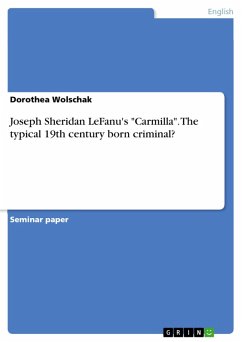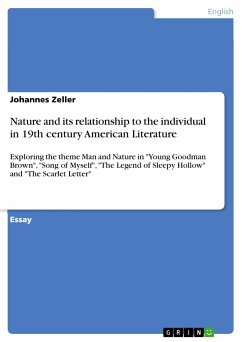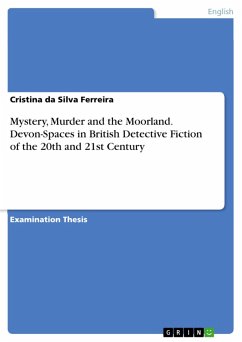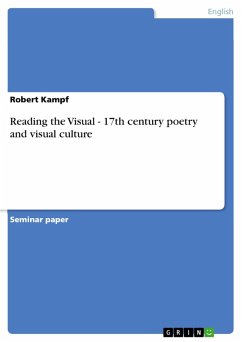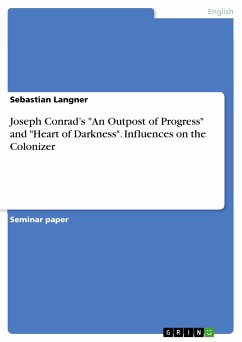Seminar paper from the year 2011 in the subject English Language and Literature Studies - Literature, grade: 2,3, Catholic University Eichstätt-Ingolstadt, language: English, abstract: For centuries the myth of Vampirism has fascinated and scared people at the same time. This may be ascribed to the seductive, mysterious and dangerous nature of vampires as well as the uncertainty of their actual existence. As a matter of course, people are frightened by things they cannot define scientifically or by common sense. If they do really exist though, then what are vampires precisely? Are they supernatural creatures, monstruous animals, or simply evil and twisted criminals? People have always tried to explain wrongdoings of mankind in various different ways. In the Middle Ages the common believe was that evil forces led innocent people to commit crimes. However, during the Age of Enlightenment people began to break away from religious interpretation patterns of crime and address themselves to the task of explaining criminal behaviour with empirical facts. During the centuries after the Middle Ages several theories of criminal behaviour came into being. The classical criminologists defined criminal behaviour as a free choice of people, whereas positivist biologists were convinced of the fact that people are born with a criminal predisposition and could not affect that with their free will in any way. This paper is dealing with one special example of vampirism, the lesbian vampire Carmilla, who seduces and kills innocent women with her "deadly eroticism"1. Joseph Sheridan LeFanu (1814 - 1873)2 published this chilling vampire shortstory in 18723, it was probably his most famous Gothic tale. Chapter II of this paper is going to deal with the developement of the aforementioned two main criminalistic theories (the classical and the positivist theory of crime) and their principal statements, concentrating on the Criminal Woman, the Prostitute and the Lesbian. In the next chapter the theories of the biological movement will be applied to LeFanu's shortstory about the vampire Carmilla, to determine whether she can be defined as a Born Criminal according to the Biologists of the 19th century. The term "born criminal" was coined by Cesare Lombroso, when he discovered the features of the typical criminal man. In this paper, while examining whether Carmilla is a born criminal or not, the term will be used not only according to Lombroso's theory, but will also include some other opinions about criminal women, (criminal) features of the theory of degeneration and the reception of lesbianism in the Viktorian Age. [...]
Dieser Download kann aus rechtlichen Gründen nur mit Rechnungsadresse in A, B, BG, CY, CZ, D, DK, EW, E, FIN, F, GR, HR, H, IRL, I, LT, L, LR, M, NL, PL, P, R, S, SLO, SK ausgeliefert werden.

